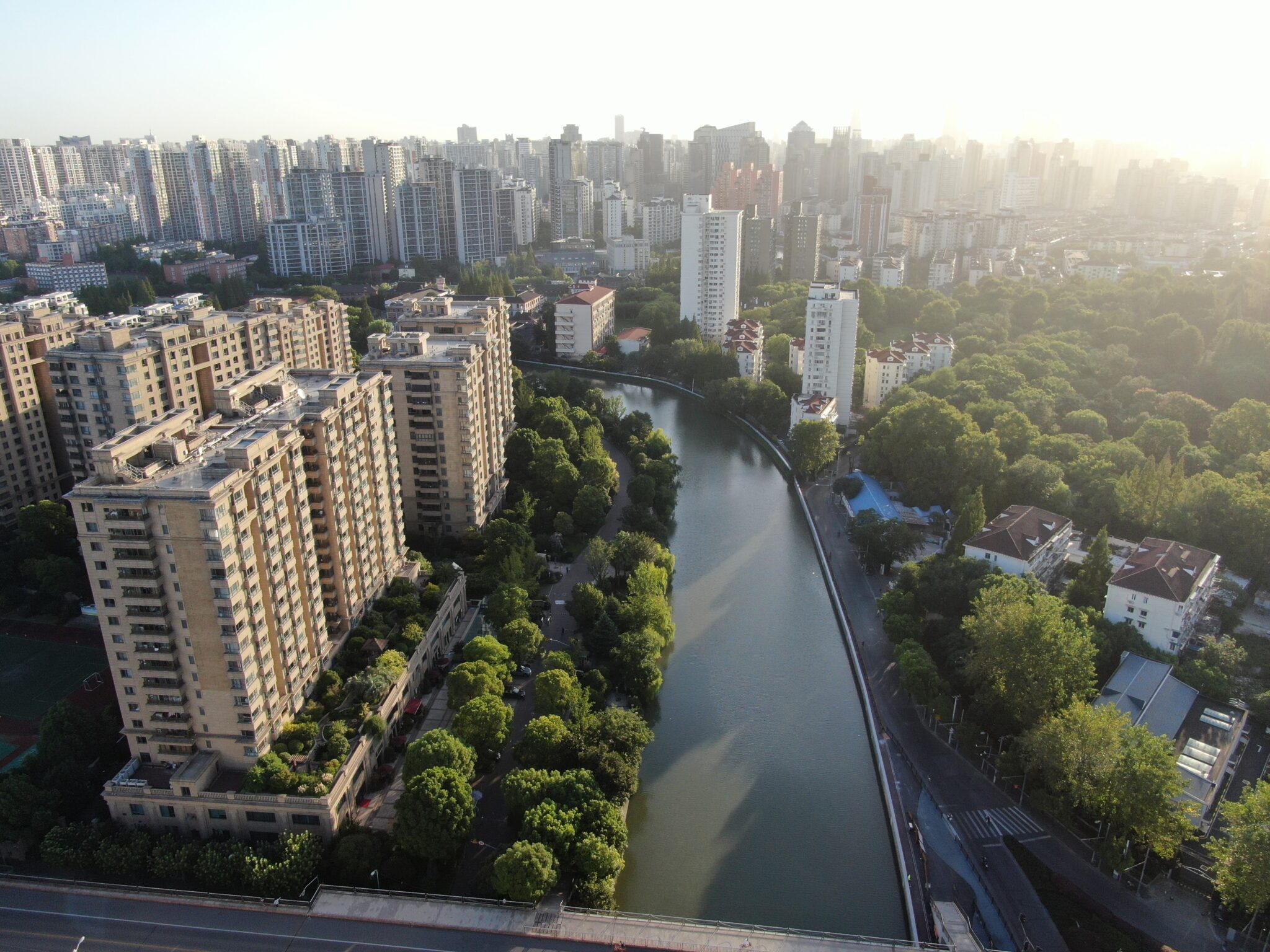Earlier in September 2021, the president of the United States, Joe Biden, signed an executive order to tackle the climate crisis by making the federal government carbon neutral by 2050. He plans to reduce buildings emissions to half by 2030. These goals are in line with the recommendations by scientists and researchers worldwide to prevent catastrophic climate change globally in response to the rising urgency to reduce pollution. Where does Pakistan, a signatory of the Paris Accord, come into play in this scenario?
Pakistan’s greenhouse gas emissions portfolio contributes to only 1% of global emissions, hence the world mostly relies on U.S. and China’s efforts to reach their decarbonization targets, but what about Pakistan itself? An agriculture-dependent economy such as Pakistan is highly sensitive to climate change owing to its geographical location, heavy reliance on water resources, weak adaptation capacity, and lack of planning for emergencies; all of which directly impact the economy2. Any policy reforms to decarbonize the country are not a courtesy extended to the world but absolutely essential for its own people.
Pakistan’s net-zero goals aren’t clear enough to visualize a carbon-neutral 2050: the Paris Agreement goal. There are a number of ministries in place, but no policies, no reforms. While the world is redefining its decarbonizing goals by limiting oil and gas-powered vehicles and the grid, we are still struggling with increasing the renewable share in the national grid mix, while simultaneously allowing new coal plants to operate. It’s been a decade now that we have learned about Pakistan’s solar and wind potential, abundant and resilient enough to provide electricity for all, but when?


In 2019 alone, 51% of the total energy consumed by various sectors in Pakistan was in the form of fossil fuels. The industrial and transportation sector heavily relies on fossil fuels3. Though 2021 goals mention grid resilience and 50% decarbonization, there are new coal power plants constructions in place. It is vital to understand that today’s investment in infrastructure will be used for decades from now.
The electricity portfolio for the future will define the decarbonization in Pakistan, and more importantly the residential and transportation sector. Residential applications alone consume 49% of produced electricity, while major demand comes from heating and cooling applications in buildings. Climate change will directly impact this demand in the next few years and buildings are heavily dependent on the national electric grid.
As per the current situation, it’s highly unlikely that Pakistan could meet its Paris Climate pledges, or even its own policy goals by 2050. More dependence on coal is only increasing the emissions and our grid mix is neither resilient nor sufficient to deal with emergencies.
The bigger question is if we can decarbonize our homes at an individual level. Why not? And will it be impactful enough for a carbon-neutral 2050? Absolutely yes.
Constructing new buildings according to the green building standards or refurbishing old buildings with carbon neutral and renewable resources could be one step towards reducing the dependency on the grid. It can not only provide for an emergency backup but has been proven by researchers for long-term cost savings at the consumer end. You won’t be complaining about the skyrocketing fuel prices and utility bills, since that won’t be relevant anymore.
Thermal energy storage for buildings has gained popularity as a retrofit technology because of its capability to shift the demand and installation flexibility for both new and old buildings.
Public adaptation of such technologies even at a smaller level can reduce the electricity demand and ultimately grid stress. The grid resilience means more flexibility for the government to redefine the goals and mitigate climate change.
References
- https://www.whitehouse.gov/briefing-room/statements-releases/2021/04/22/fact-sheet-president-biden-sets-2030-greenhouse-gas-pollution-reduction-target-aimed-at-creating-good-paying-union-jobs-and-securing-u-s-leadership-on-clean-energy-technologies
- https://www4.unfccc.int/sites/ndcstaging/PublishedDocuments/Pakistan%20First/Pakistan%20Updated%20NDC%202021.pdf
- https://www.iea.org/countries/pakistan
Also Read: AUSTRALIAN KOALAS AT THE BRINK OF EXTINCTION

Sara Sultan is a Ph.D. scholar at the Oak Ridge National Laboratory and works for the U.S. Department of Energy. After graduating from USPCASE NUST in 2017, she joined the University of Tennessee in Knoxville where she is currently living. She has been working on ‘Thermal Storage for Buildings’ as her doctoral research at ORNL, the biggest national lab in science and energy.

